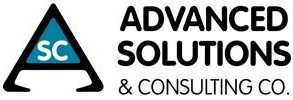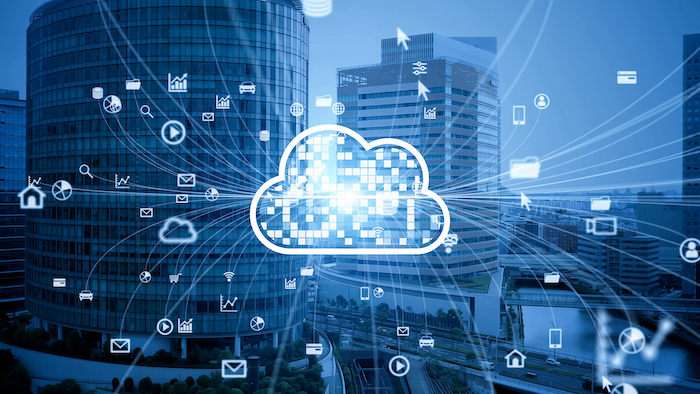The word “legacy” has been coopted and distorted by the tech industry, as have many otherwise ordinary terms like “migrate” and “user.” A legacy is an inheritance, usually referring to money left to one’s heirs. In tech, legacy shares this root. It means old systems that were left to you by your predecessors. (Or in some cases, from yourself, earlier in your career…) But, when we talk about legacy systems, it’s usually in a negative context, like “Oh, why did I get left with this?”
Legacy Enterprise Resource Planning (ERP) software can be particularly challenging to confront. ERP is often so critical to the functioning of a business that the mere idea of changing it conjures up a frightening scenario. It’s like heart replacement surgery. You may need a new heart, but do you really want to undergo the transplant? Luckily, the transition from old to new ERP has gotten a lot easier.
ERP software has improved and evolved in recent years. New, cloud-native ERPs offer many advantages in terms of features, flexilibity and cost. Cost, in particular, is worth a close look. While it may be nervewrackng to consider replacing legacy ERP, it is wise to determine your hidden costs of continuing to use a legacy ERP system. When you see the savings you can realize with a change in ERP, you will want to explore the option further.
Costs of On-Site Maintenance
Legacy ERP systems require extensive hardware and software that have to be maintained on-site or in colocation facilities. Hardware has to be maintained by IT specialists trained to keep the servers working and secure. They also have to upgrade the software regularly. As systems age, bigger problems arise that in-house IT staff may not be able to handle. In that case, you may have to hire consultants or specialists. The costs of maintaining an in-house staff of IT specialists or hiring external consultants may be so routine that you no longer notice them. They represent a hidden cost of legacy ERP.
Cloud-based ERPs like Acumatica do not require specialized hardware. They reduce the cost of implementation and eliminate the cost of maintaining hardware. Software updates are automatically applied in the cloud, so they are instantly available. This is the case for Acumatica, eliminating the need for IT staffers to install updates separately on each ERP server.
Less Adaptability for Changing Work Environments
The global pandemic revealed the need for ERP to support remote work. However, legacy ERP systems often do not have a remote access option. Or, the remote access option is fraught with problems, drastically reducing productivity—an indirect but no less expensive hidden cost.
Acumatica’s Cloud ERP can be accessed through any web browser, from anywhere, using any computer or mobile device. Having a more updated ERP system increases the flexibility of a business and allows for quick response in the face of any crisis. In this way, Acumatica cuts down on the hidden costs of lost productivity and slow adaptability of legacy ERPs.
Outdated Information
One of the largest benefits of ERP systems is collecting and analyzing data. However, Legacy ERP systems carry with them the hidden costs of outdated information. In legacy systems, data may be days or weeks old. The costs in this case arise out from making decisions based on outdated information, e.g., allocating cash for unnecessary procurement. In contrast, Acumatica’s ERP collects and analyzes data automatically and can provide information in real-time. This improves decision making and enables a company to capitalize on new opportunities when they present themselves.
Substandard Security
Legacy ERP systems are difficult to keep up to date in response to rapidly evolving security threats. Applying patches and updates on Legacy ERP systems has to be done on core servers as well as on endpoints. Otherwise, the whole system is vunerable to attack. That takes valuable time and resources. For sure, the costs of dealing with a system breach are astronomical. With a cloud-based ERP system, patches and updates are applied immediately and centrally, keeping businesses well protected from cyber threats.
We have helped many companies make the transition from legacy ERP to cloud ERP. To learn more, contact us for a demo of Acumatica.
Additional ERP Resources
ERP System Requirements Checklist: 5 Essential Categories to Focus On

